The Hands That Stopped Rocking the Cradle: Or the Very Bad Parenting Advice of Two Dead White Men
Truth: Most of the world’s babies sleep in the same room as their parents.
Also truth: Most Americans lie about putting babies in their beds.
So will someone please explain to me why parents expend so much time, energy, and even money, trying to get their babies to sleep on their own?
It seems counter-intuitive that babies who’ve just come from a cozy, mobile womb environment should sleep on a flat, immobile surface. And then be forced to soothe themselves.
Isn’t closeness what a baby really craves, including touch, the mother’s familiar smell and heart beat? And most certainly, rocking and relaxing into oblivion at her milk-laden breasts.
After doing a bit of research, I discovered that the bee in our cultural bonnet – this fixation with making babies sleep independently – was pressed upon us by two out-of-touch baby gurus back in the day. It wasn’t our love affair with cribs that served as the catalyst for letting babies cry it out, but vice versa.
The reason the baby crib came about was to promote the anti-nurturing beliefs of pediatrician John Holt and behavioral psychologist John Watson – now a couple of dead white men.
Imagine being a new mother and having a doctor or nurse tell you that you’re screwing up,
doing something that could damage your baby. Cause permanent harm. Something that nips all your maternal instincts in the bud.
Like rocking your baby.
But that’s exactly what mothers heard from childrearing experts between the 1880s through the first decades of the 20th century.
Poor mamas.
The latest in medical advice at the time was to put babies down without nursing or rocking them to sleep. Mothers were told they should neither give babies undue attention nor respond too readily to their cries. Only physical needs mattered, the experts said. And even then, only in accordance with a strict schedule. [1]
One of the movers and shakers of this movement was psychologist John Watson (1878-1958). You might recall Watsons name from some long-forgotten psych course: he’s known as the “Father of Behaviorism.”
Watson believed that emotional distance-keeping was the key to raising independent children. “‘Their capacities,’ Watson said, ‘should be trained toward conquering the world,’” writes anthropologist Ashley Montagu in his epic compendium, Touching, The Human Significance of the Skin. [2] Nurse-educator Lisbeth D. Price wrote in her textbook on nursing, published in 1892: “The baby ‘should never be rocked nor hushed on the nurse’s neck.’”[3] (Montagu’s emphasis in italics.)”Hence, the cradle had to go,” writes Montagu. (While Montagu himself firmly supported rocking and all manner of touch, his book describes this sad chapter of history in glorious detail.)[4]How did anti-rockers like Watson propose that mamas should put their babies to sleep – if not rock, nurse and soothe them? Their answer was a slatted – and rather scary-looking – contraption called a crib: the perfect vehicle for isolating babies from their mothers, and an added enticement for letting babies “cry-it-out.”[5]
For the uninitiated, “cry-it-out (or CIO) is any sleep-training method which allows a baby to cry for a specified period before the parent will offer comfort.” [6]
Encouraged by scientists, doctors and nurses of the day, the method was drilled into mothers “for their babies’ own good.” I can only imagine millions of broken-hearted moms, forcing themselves to ignore their intuition, hormones and mother-wisdom.
Of course they knew better.
But as Montagu says, “No one ever told them that an authority is one who should know.”[7]
Women’s magazines of the 1890s published numerous articles on the care of the baby. “Many of these contained vicious attacks on the cradle.”[8]
Having been sent home from the hospital with such a harsh mandate, what was a mother to do?
Pediatrician and Cradle-Hater Luther Emmett Holt
Even before Lisbeth Price and John Watson “warned” mothers of rocking’s dire effects, pediatrician Luther Emmett Holt crusaded for hands-off mothering in his childcare guide, “The Care and Feeding of Children, A Catechism for the Use of Mothers and Children’s Nurses,” first published in 1894.[9] (Available as a free download from Project Gutenberg.)
I actually read Holt’s booklet, and cringe to think that millions of young mothers and mothers-to-be actually trusted this desiccated tome. But the man was a major influencer back in the day, and sadly, his guide became the gold standard in child-rearing for some fifty years.
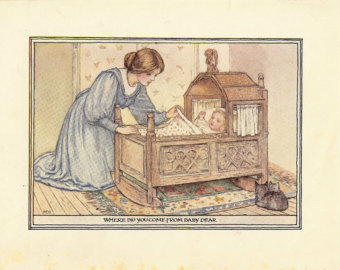 In 1916 he clarified that the crib should not rock, so that “the unnecessary and vicious practice may not be carried on.” As a result, the soothing cradle – which had served mothers for centuries if not millennia – was eventually rendered obsolete.[10]
In 1916 he clarified that the crib should not rock, so that “the unnecessary and vicious practice may not be carried on.” As a result, the soothing cradle – which had served mothers for centuries if not millennia – was eventually rendered obsolete.[10]While Holt was a charter member of the American Academy of Pediatrics, and elected president twice, he did accomplish a few things on behalf of children’s health. But I am inclined to believe his efforts to ensure pure milk for New York slum kids were not purely altruistic.
Why do I think this?
The guy staunchly supported eugenics, saying in his 1913 presidential address: “We must eliminate the unfit by birth not by death. The race is to be most effectively improved by preventing marriage and reproduction by the unfit, among whom we would class the diseased, the degenerate, the defective, and the criminal.”[11]
Indeed, in 1957, Pediatric Profiles published comments from Holt’s assistant and another pediatrician, revealing an emotionally vacant man. “He seemed to us ‘austere and unapproachable.’ He is not known to have said ‘good morning’ to his secretary…nor ever to have praised anyone or anything.”[12]
It seems to me that those who would deprive others of nurturing are the ones who need it most.
Unfortunately, Watson, the behaviorist, was probably Holt’s biggest fan.[13]
When mothers bought Watson’s new book, Psychological Care of Infant and Child, published in 1928, they were only getting more of the same frigid advice that Holt had thrown at them in The Care and Feeding of Children. Nevertheless, Watson’s book was given high marks by Parents Magazine and the Atlantic Monthly.[14]
So, what is behaviorism? “Psychology as the behaviorist views it is a purely objective experimental branch of natural science. Its theoretical goal is the prediction and control of behavior.”[15]
Did you catch that? The prediction and control of behavior.
Isn’t that what parents do they when practice CIO? Predict and control?
Hmm. Sounds a lot like the definition of narcissistic parenting: self-centered expectations. Little empathy for others. Like a parent who insists on letting a baby cry-it-out, a narcissist doesn’t appreciate others for who they are. “The problem with the narcissistic parent is that, although the focus seems to be on the child, there is actually very little regard for the child in their parenting style.”[16]
Like the parent waiting for a baby to self-soothe in his crib, Watson believed that children should only be studied through their behavior. Just treat them like wind-up clocks. No touching. No sentimentality. Certainly no meeting of needs on demand.
One of his Little Albert experiments is posted on YouTube. Filmed in old-time black and white 35 mm, the short documentary illustrates his disregard for the child as a person. Watson’s Little Albert Experiment
In the movie, Watson uses live animals to create a conditioned fear response in Little Albert. It’s evident that Watson doesn’t see the baby as a person, just something to be manipulated. The same with the animals that were part of his experiment.
After looking into the man’s background, his harsh demeanor begins to make sense.
It seems Watson’s father abandoned his wife and son for not one, but two Indian women. His mother saw to the boy’s education, hoping to ensure his success. But Watson was ever the poor student. As a young scientist, he followed in his father’s footsteps, having an extramarital affair. The scandal – he hit on his graduate assistant – was written up in the newspapers. As a result, Johns Hopkins University ousted him from his faculty position and his wife divorced him. [17]
As an abandoned child, Watson had no control over his father, and try as he might, an abandoned child can never make things right.
Another factor contributing to the cultural push for hands-off parenting was a national obsession with germs. To prevent the spread of disease, mothers were advised to keep their kisses and coochie-coos to themselves. But this advice also kept children disconnected from family members. Watson believed his approach – separating children from nurturers – would achieve true self-reliance in the child, enabling him to “cope with the demands of American society.”[18]
Way to screw up the kids, Watson.
At the risk of throwing the baby out with the bath water, I have to admit that some of Holt and Watson’s advice actually did make sense. But face it, these control freaks failed to recognize that mothers have always rocked their babies.
“Crying-it-out” is still around. And even popular in some circles, which I fail to understand.
Because we’ve known for a long time how it hurts babies.
While you may think of co-sleeping as the domain of kale-eating crunchy moms trying to reinvent the log cabin, the practice has been reported on for quite some time, especially in the alternative press.
Patrice M. Miller and Michael L. Commons of the Harvard Medical School’s Department of Psychiatry made a case for co-sleeping back in 1998. From an article published in The Harvard Gazette: “American parents shouldn’t worry about this behavior or be afraid to baby their babies,” Commons and Miller said. “Parents should feel free to sleep with their infant children, to keep their toddlers nearby, perhaps on a mattress in the same room, and to comfort a baby when it cries.”[19]
“There are ways to grow up and be independent without putting babies through this trauma,” Commons said. “My advice is to keep the kids secure so they can grow up and take some risks.”[20]
But really, you might ask, what can it hurt to let a baby cry-it-out?
“Parents should recognize that having their babies cry unnecessarily harms the baby permanently,” Commons said. “It changes the nervous system so they’re overly sensitive to future trauma.”[21]
Dr. Richard Ferber, director of the Center for Pediatric Sleep Disorders at Boston Children’s Hospital promotes a type of “sleep training” his devotees call “Ferberization.”[22]
The very word sounds like a chemical process for strengthening steel.
The method involves letting babies cry-it-out, gradually extinguishing the behavior, as opposed to letting them scream till they puke.
If you want to learn more about Ferberization, you’ll have to look elsewhere.
Sometimes we ended up with two in our bed!
I certainly did not inflict such measures on my own children.
Allow me to take a shot at how it works: First, you set your precious bundle in her crib, placing her on her back in a synthetic, fire-retardant (and non-breathable) sleeper (one bearing the U.S. Consumer Product and Safety Commission’s seal of approval). Blankets, stuffed cuddly toys and pillows are strictly forbidden until 18 months of age (according to American Academy of Pediatrics guidelines for safe sleep).
Next, say “nighty-night,” turn off the light, and walk out the door.
When your highly intelligent offspring realizes you pulled a fast one – and she will – she wails like a civil defense siren. So back in you go to rest your hand on her stomach (chest or whatever) as per your “Ferberizing” instructions. This is supposed to do the trick.
Meanwhile, between hiccups, your baby is thinking, “Mom! You are such a wuss. If you can’t you even lean over and pick me up, how can I trust you to keep me safe from the vacuum cleaner, and that weird old lady from next door who calls me her little babushka?”
So you hang out crib-side for a few, and then walk away, thinking, “This is it.”
Only it isn’t. The minute you start watching Dancing with the Stars, the baby cries.
According to the method, you’re supposed to bear with the crying a little longer. You need to teach your little urchin who’s boss. After all, you’ve vowed to Ferberize the little darling (damn it!) or die trying.
By now she’s crying so hard she’s gulping huge sobs. Gasping for air. And she certainly doesn’t trust you anymore.
Finally, exhausted and frustrated to the marrow, you wonder why babies have to be so difficult. Just then an elusive thought flashes through your mind.
All this time I might have been rocking my baby, or snug in bed while she nuzzled at my breast.
Shrugging off your instincts, you vow to stick with the plan. After all, you bought Ferber’s book on Amazon. And so you begin again, going back into the nursery for the third, fourth, or seventh time. Eventually, you and Ferber will win. Without holding, nursing or rocking, your baby will eventually cry herself to sleep. But at what price?
While we don’t hear much about Price, Holt, or Watson today, you never know when their collective ghost will come creeping into the nursery.
The frightful specter could take the form of a know-it-all sister-in-law, an unsympathetic pediatrician or next-door neighbor. But I guarantee it will always be someone with a fairly high opinion of themselves – and without a shred of evidence.
But you don’t have to let them be in charge.
Mothering from the heart takes courage, especially in the face of those who would have you do less, or even nothing, to nurture your child. So fight your corner. Keep on rocking. And stop listening to dead white men. FFG
Footnotes
[1] Ashley Montagu, Touching – The Human Significance of the Skin, Third Edition, Harper and Row, 1986, 148-153
2 Ibid.
3 Ibid.
4 Ibid.
5 Ibid
6 (2015, May 22) “Ferber Method.” retrieved from https://en.wikipedia.org/wiki/Ferber_method
7 Ashley Montagu, Touching – The Human Significance of the Skin, Third Edition, Harper and Row, 1986 (pp. 148-153)
8 Ibid.
9 Retrieved from http://www.gutenberg.org/ebooks/15484
10 Montagu, Touching – The Human Significance of the Skin, 149
11 Retrieved from https://en.wikipedia.org/wiki/Luther_Emmett_Holt
12 Montagu, Touching – The Human Significance of the Skin, 149-153
13 Ibid.
14 Ibid.
15 Retrieved from https://en.wikipedia.org/wiki/John_B._Watson
16 Retrieved from http://www.psychalive.org/the-dangers-of-narcissistic-parents/
17 Retrieved from https://en.wikipedia.org/wiki/John_B._Watson
18 Montagu, Touching – The Human Significance of the Skin, 150
19 Powell, A. (1998, April 9). Children Need Touching and Attention, Harvard Researchers Say. Retrieved from http://news.harvard.edu/gazette/1998/04.09/ChildrenNeedTou.html
20 Ibid.
21 Ibid.
22 (2015, May 22). “Ferber Method.” Retrieved from https://en.wikipedia.org/wiki/Ferber_method
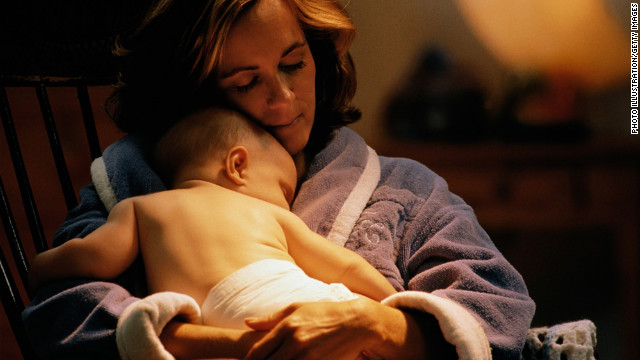

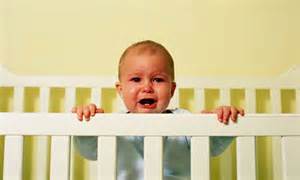

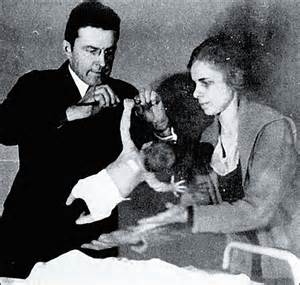

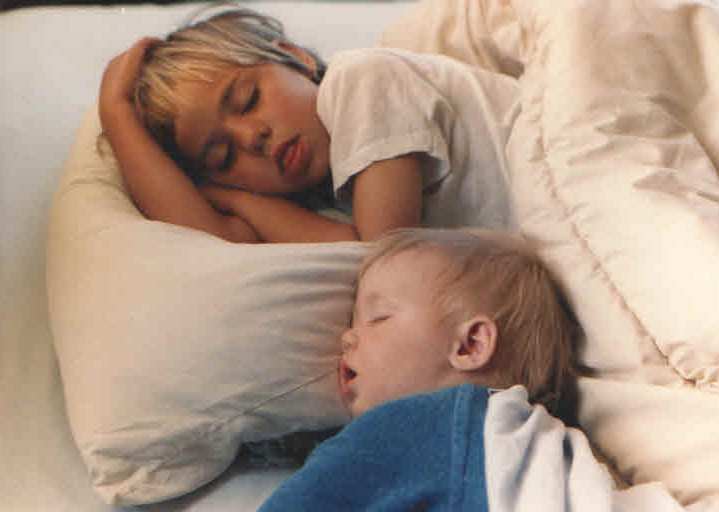
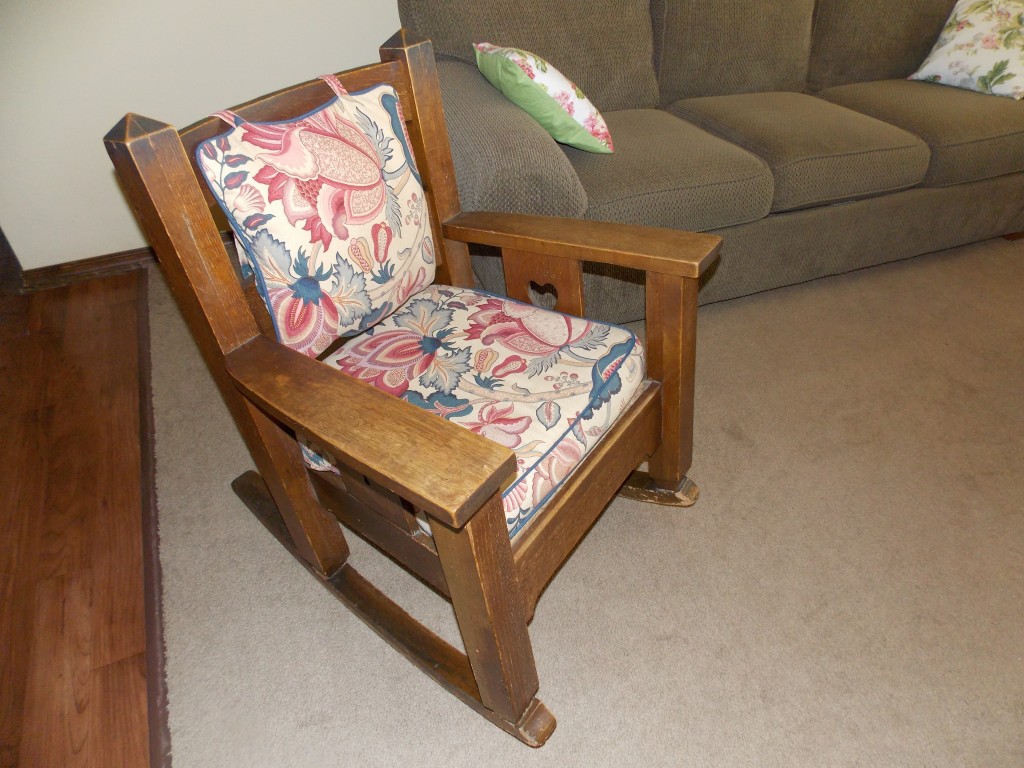






Leave a Reply